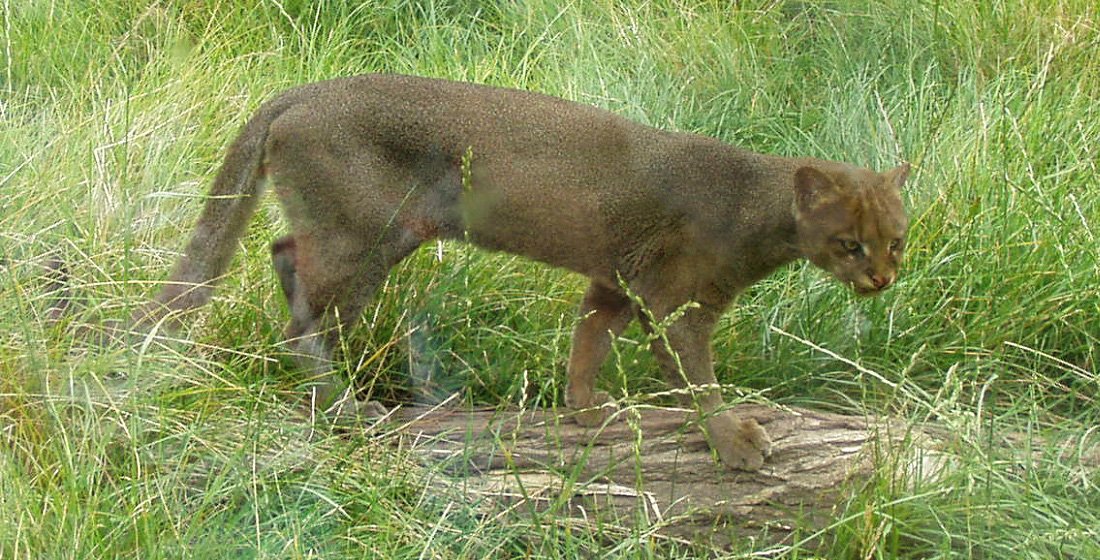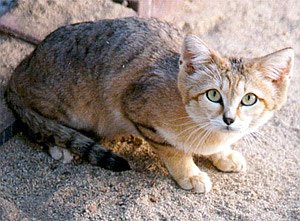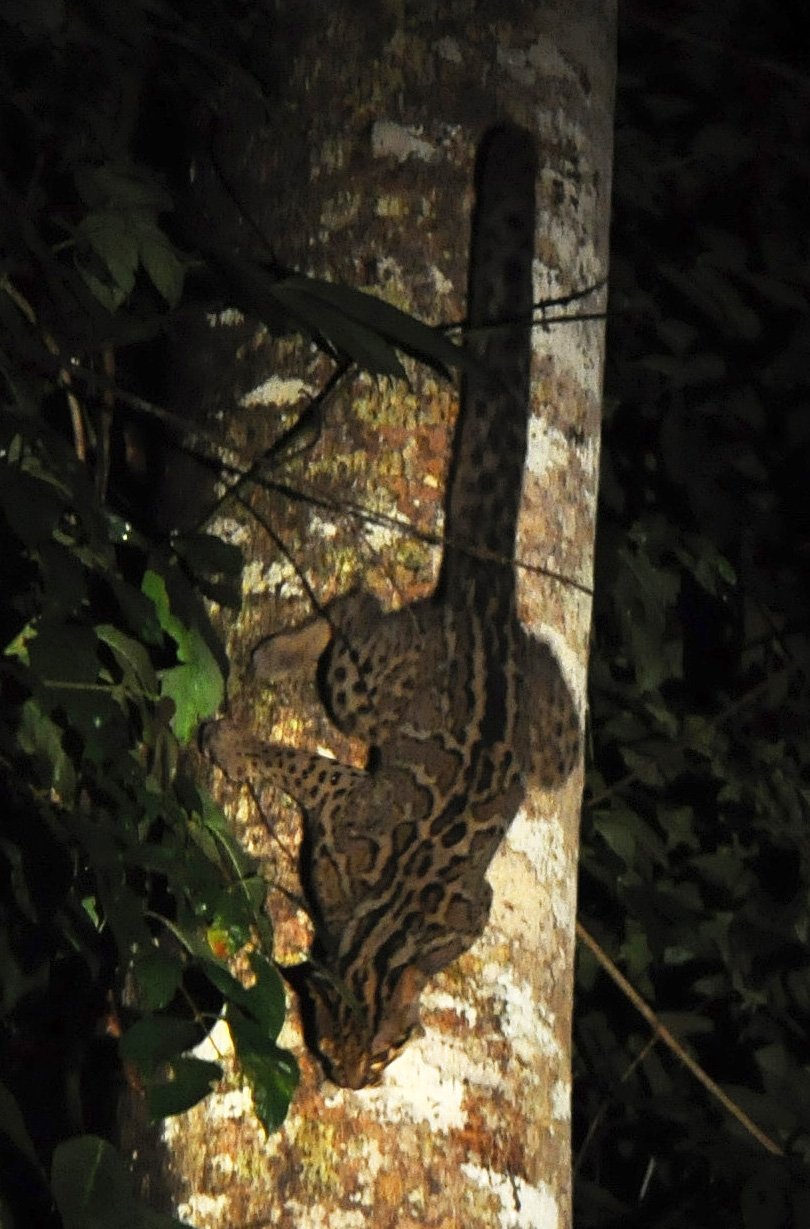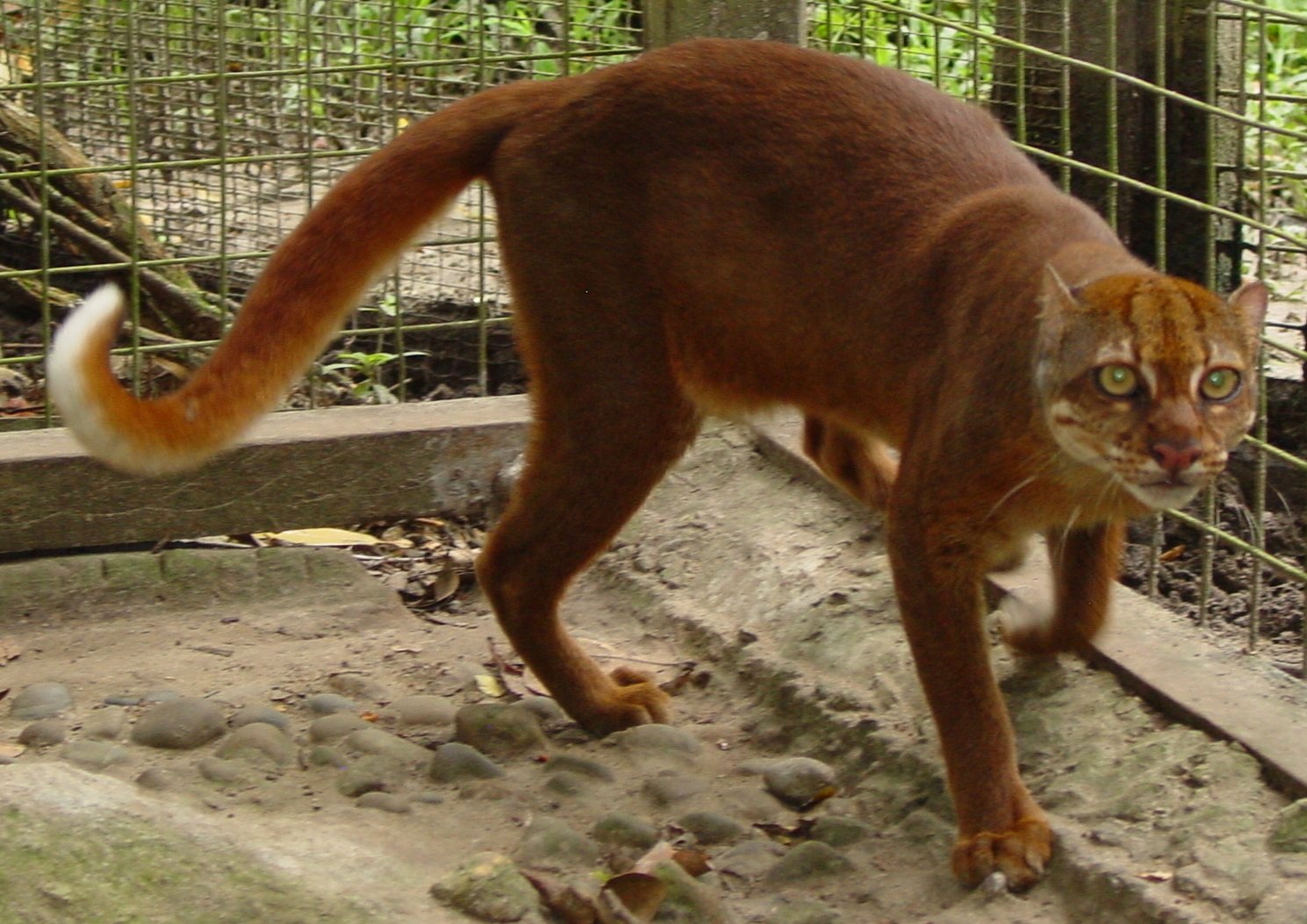Ever wondered what big cats are really saying when they aren’t roaring? Some of the world’s most fascinating felines skip the classic lion’s roar and chat in totally unexpected ways. From chirps to twitches, these cats prove you don’t need a booming voice to make yourself heard in the wild. Get ready to meet the silent, sassy, and downright quirky communicators of the big cat world!
The Cheetah’s Chirp: A Sound Like a Bird

Cheetahs don’t roar—they chirp! Their high-pitched calls sound more like a canary than a king of the jungle. These chirps help moms find their cubs or call for attention. It’s a little like sending a text instead of shouting across a room—quick, clear, and oh-so-cute.
Snow Leopard’s Whisper: Tail Talk

Snow leopards are the masters of mime. Instead of loud noises, they use their furry, expressive tails to signal moods or intentions. Picture a fluffy, slow-motion flag twirling through the Himalayan wind—now that’s a silent message with style.
Cougar’s Scream: A Human-Like Shriek

Cougars, also called mountain lions, don’t roar—they scream. Their cry can sound eerily like a woman’s scream echoing through the mountains at night. It’s spine-chilling and unforgettable, more like a haunted house than a pride parade.
Lynx’s Chatter: Ear Flicks and Purrs

Lynxes are big on body language. They flick their tufted ears, purr like oversized house cats, and trill softly to one another. Imagine a secret code made entirely of head tilts and whispers, perfect for life in thick forests and snowy hideouts.
Caracal’s Growl: Subtle but Fierce

Caracals, with their striking ear tufts, communicate through deep growls, hisses, and spitting sounds. These noises are quick warnings—like a stern “back off” before things get serious. Their communication style is all about efficiency and attitude.
Serval’s Purr: Soothing and Social

Servals are long-legged beauties with striking spots and the softest lullabies. Their melodic purrs aren’t just signs of contentment—they’re a form of connection. Mothers soothe their kittens with gentle, rhythmic hums, creating a soundscape of safety and warmth. In the wild, that quiet music is a promise: “I’m here. You’re safe.”
Clouded Leopard’s Meow: Kitten-Like Calls

Clouded leopards may look mysterious, but their meows are surprisingly cute. Their vocalizations are soft and kittenish, making them sound more like lost pets than jungle predators. It’s a tender way to keep in touch in dense forests.
Ocelot’s Scent Trails: Perfume Messages

Ocelots communicate in a hidden, almost mystical way—through scent! Using specialized glands, they leave behind a unique “perfume” that marks their territory, creating a silent yet powerful message for others. These scent trails act like cryptic notes, allowing other ocelots to detect who’s nearby and even what mood the sender might be in. It’s nature’s version of a secret code, where every trail tells a story without a single word being spoken.
Jaguarundi’s Twitter: Bird-Like Notes

Jaguarundis are the social butterflies of the cat world, known for their lively vocalizations that range from chirps and whistles to trills, often sounding more like birds than big cats. Their unique calls are used to communicate over long distances, helping them stay connected in the dense South American brush. So, if you’re ever out in the wild and hear what seems like distant tweeting, it could very well be a jaguarundi having an animated chat with a friend—or perhaps just sharing a little gossip.
Fishing Cat’s Bark: Surprising and Bold

Fishing cats are true water lovers, spending much of their time hunting along rivers and wetlands. But here’s the twist: when they’re startled, they don’t just retreat—they bark! Like a tiny dog, their sharp, single bark serves as an alarm, warning others of potential danger in the area. It’s an unexpected sound in the serene, watery habitats they call home, adding a layer of surprise to their already fascinating lives.
Margay’s Mimicry: Monkey Impressions

Margays are the ultimate tricksters of the cat world, with a party trick that’s both clever and a bit comical—they can mimic the calls of their prey, especially small monkeys! It’s like they’re master ventriloquists, using these imitated sounds to draw their dinner right to them. This sneaky skill makes them not just skilled hunters, but also nature’s little pranksters, blending both brains and humor in their pursuit of a meal.
Pallas’s Cat’s Grumble: Grumpy Cat Vibes

Pallas’s cats are the epitome of grumpy charm, constantly grumbling and growling in a way that makes them sound like they’re perpetually annoyed. With their round, flat faces and their low, mumbling complaints, they look like they’ve just woken up from a nap with no patience for the world. It’s as if every little thing irritates them, giving them an almost meme-worthy persona—nature’s most disgruntled and adorable cats.
Puma’s Hiss: Cat-Like but Bigger

Pumas, also known as cougars, have a knack for using the classic cat hiss—plus a few extra dramatic spit sounds—to warn rivals to back off. Picture your pet cat, who’s not afraid to show a little attitude, then crank up the volume and intensity for the wild. It’s like a feline diva demanding space, with a level of sass that says, “Stay away, or else!”
Bobcat’s Yowl: Territorial Tunes

Bobcats have a hauntingly melodic yowl that they unleash under the moonlight, whether to stake their claim on territory or to attract a mate. The eerie, almost musical quality of their calls echoes through the woods, adding an otherworldly soundtrack to the night. For campers lucky—or unlucky—enough to hear it, it’s a story they’ll be sharing around the campfire the next morning.
Leopard’s Saw: Not a Roar, But a Sawing Call

Leopards have a distinctive “sawing” call that sounds like someone working away at a piece of wood, and it’s as memorable as it is eerie. It’s not the typical roar you might expect, but it gets the message across loud and clear: “This is my territory!” Once you hear it echoing through the jungle, it’s a sound that sticks with you, a reminder of the leopard’s quiet yet powerful presence in the wild.
Eurasian Lynx’s Mew: Delicate and Discreet

Eurasian lynxes are the masters of subtlety when it comes to communication, opting for soft mews and gentle trills rather than loud calls. These delicate sounds allow them to remain discreet, keeping their presence low-key as they move through Europe’s dense forests. It’s the perfect strategy for blending in with their surroundings—quiet yet effective, like nature’s own whisperers.
Rusty-Spotted Cat’s Chirp: Tiny but Mighty

The rusty-spotted cat, one of the tiniest wild cats out there, packs a punch with its quick, high-pitched chirps. Though small in stature, those chirps are packed with meaning, cutting through the air with surprising clarity—like a tiny car with a horn that demands attention. It’s a reminder that, sometimes, the smallest creatures can have the most powerful voices.
Sand Cat’s Silence: Desert Stealth

Sand cats are the true ninjas of the desert, moving with near-total silence. They communicate with barely a sound—soft paw steps and subtle tail flicks are their secret signals. Their ability to blend into the vast, empty sands, unnoticed by both predators and prey, is their superpower. In the harsh desert, their silence is as deadly as it is stealthy, making them elusive and mysterious.
Flat-Headed Cat’s Grunt: Short and Sharp

Flat-headed cats have a no-nonsense way of expressing themselves, grunting to show annoyance or surprise. Their calls are short, abrupt, and almost resemble someone clearing their throat—quick, pointed, and impossible to misinterpret. These little vocal bursts say everything they need to, delivering the message with all the attitude of a cat who’s had enough.
Geoffroy’s Cat’s Squeak: Playful and Curious

Geoffroy’s cats are like little explorers in the wild, using squeaks and soft mews to communicate, especially when they’re feeling playful or curious. Their tiny, almost mechanical-sounding noises are reminiscent of a robot’s beeps as it investigates the grasslands. It’s as if they’re constantly on a mini adventure, their delicate sounds a subtle sign of their inquisitive nature.
Black-Footed Cat’s Cackle: The “Tiny Terror”

Black-footed cats may be pint-sized, but their cackling calls are anything but subtle. These fierce vocalizations, sharp and intense, echo across their territory, making it clear that they’re not to be messed with. Often called the “deadliest cat,” their calls pack a punch far beyond their small frame, warning rivals and intruders to keep their distance. It’s a sound that speaks volumes, asserting dominance in the wild with every cackle.
Jaguar’s Grunt: Deep and Powerful

Jaguars skip the traditional roar and instead produce deep, guttural grunts and coughs that reverberate through the dense jungle. These powerful, low-frequency sounds are like nature’s bass, traveling far to announce their presence. Without needing a full-throated roar, they make it clear to any rival: “This is my domain.” It’s a more subtle, yet equally commanding, way of asserting their reign in the wild.
Marbled Cat’s Purr: Gentle Jungle Murmurs

Marbled cats are masters of quiet communication, using soft purrs and gentle murmurs to converse while navigating the treetops. Their calls are so subtle, like a breeze rustling the leaves, that they’re easy to miss unless you’re paying close attention. This delicate form of communication allows them to stay under the radar, blending seamlessly into the forest canopy while still staying connected with their surroundings.
Bay Cat’s Chuff: Soft and Secretive

The bay cat, one of nature’s elusive gems, communicates with a soft, breathy “chuff”—a gentle exhale that’s part greeting, part secret handshake. This rare sound is a key to their quiet world, allowing them to stay connected in the dense, shadowy forests of Borneo. It’s an intimate form of communication, barely detectable, yet essential for maintaining their elusive bonds in such a mysterious, remote habitat.
Andean Mountain Cat’s Trill: High-Altitude Harmony

Andean mountain cats have perfected the art of communication in the high-altitude Andes with their soft, melodic trills. These short, sweet sounds are finely tuned for life in the mountains, carrying effortlessly through the thin air. It’s like they’re whistling in the wind—delicate yet clear, a subtle melody that blends seamlessly with the rugged beauty of their alpine home.
Which of these cats would you love to meet?

Suhail Ahmed is a passionate digital professional and nature enthusiast with over 8 years of experience in content strategy, SEO, web development, and digital operations. Alongside his freelance journey, Suhail actively contributes to nature and wildlife platforms like Feline Fam, where he channels his curiosity for the Feline into engaging, educational storytelling.
With a strong background in managing digital ecosystems — from ecommerce stores and WordPress websites to social media and automation — Suhail merges technical precision with creative insight. His content reflects a rare balance: SEO-friendly yet deeply human, data-informed yet emotionally resonant.
Driven by a love for discovery and storytelling, Suhail believes in using digital platforms to amplify causes that matter — especially those protecting Earth’s biodiversity and inspiring sustainable living. Whether he’s managing online projects or crafting wildlife content, his goal remains the same: to inform, inspire, and leave a positive digital footprint.






